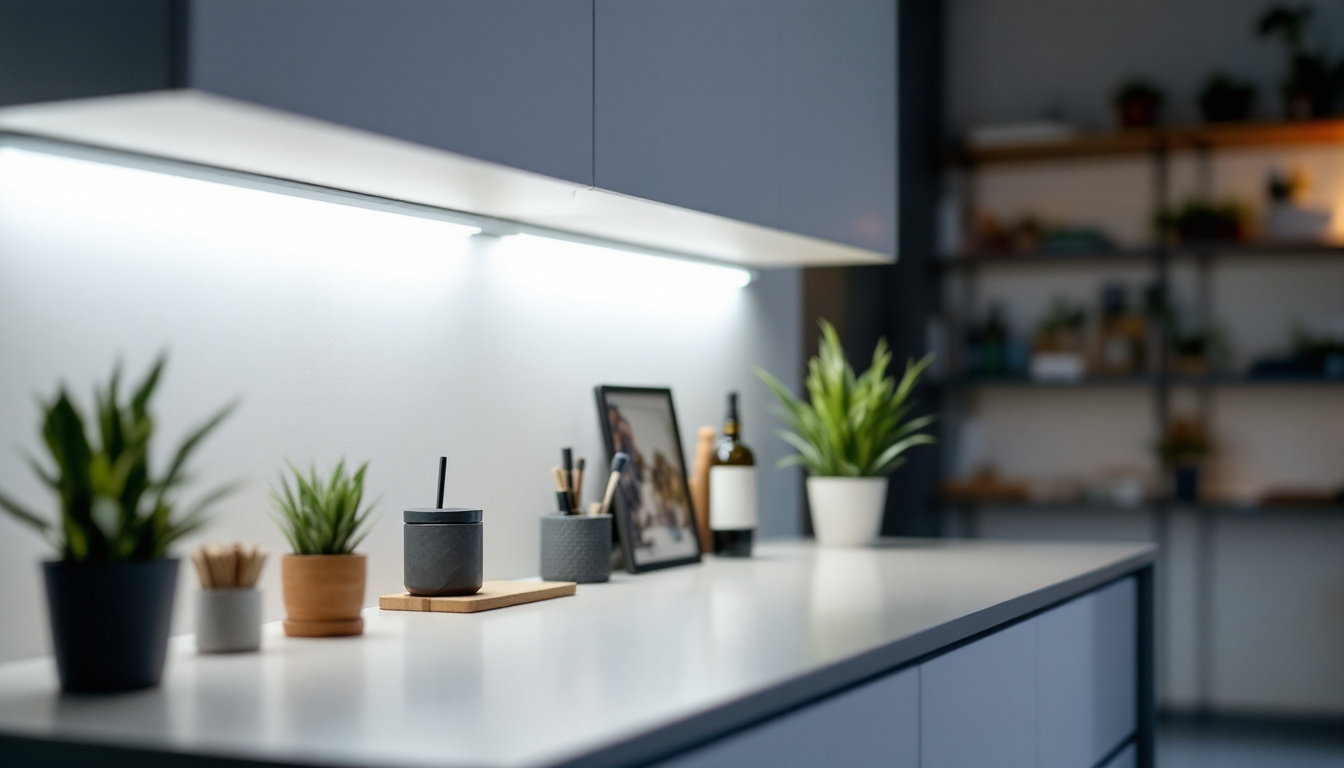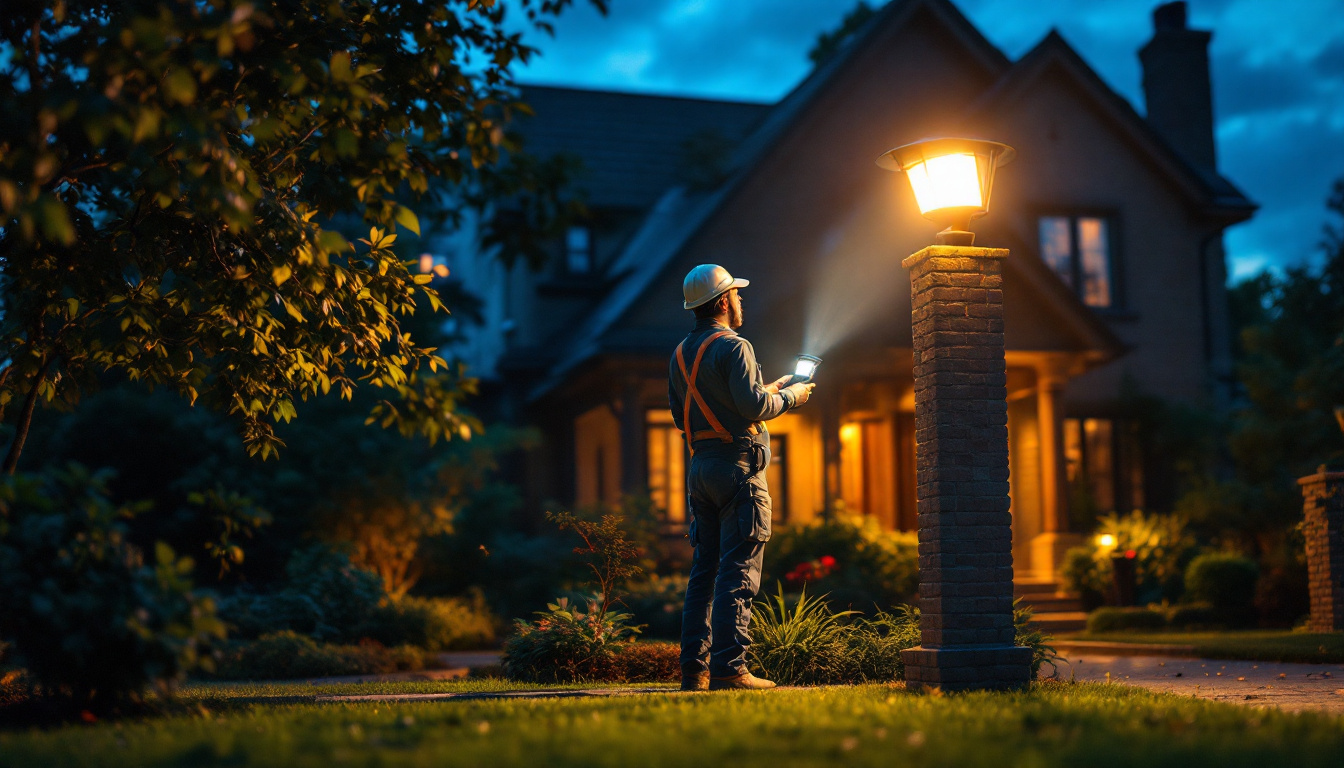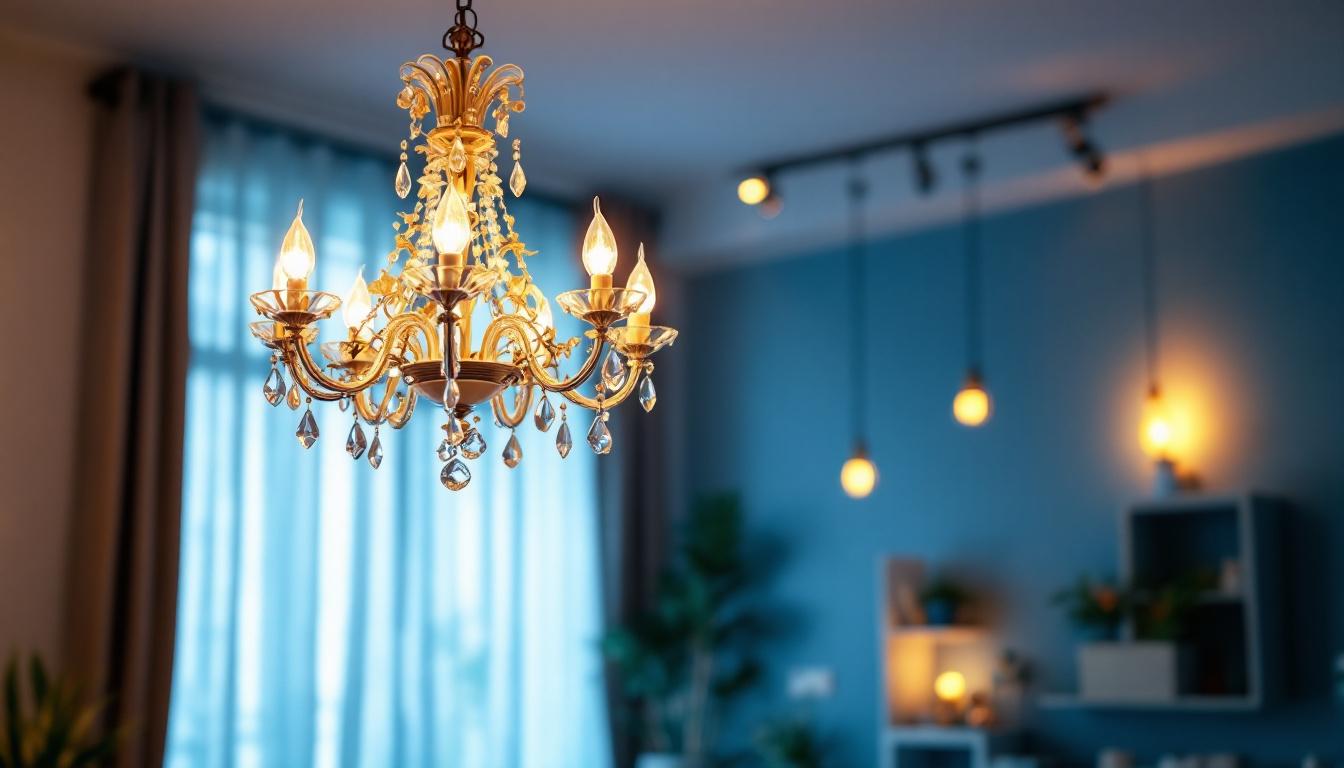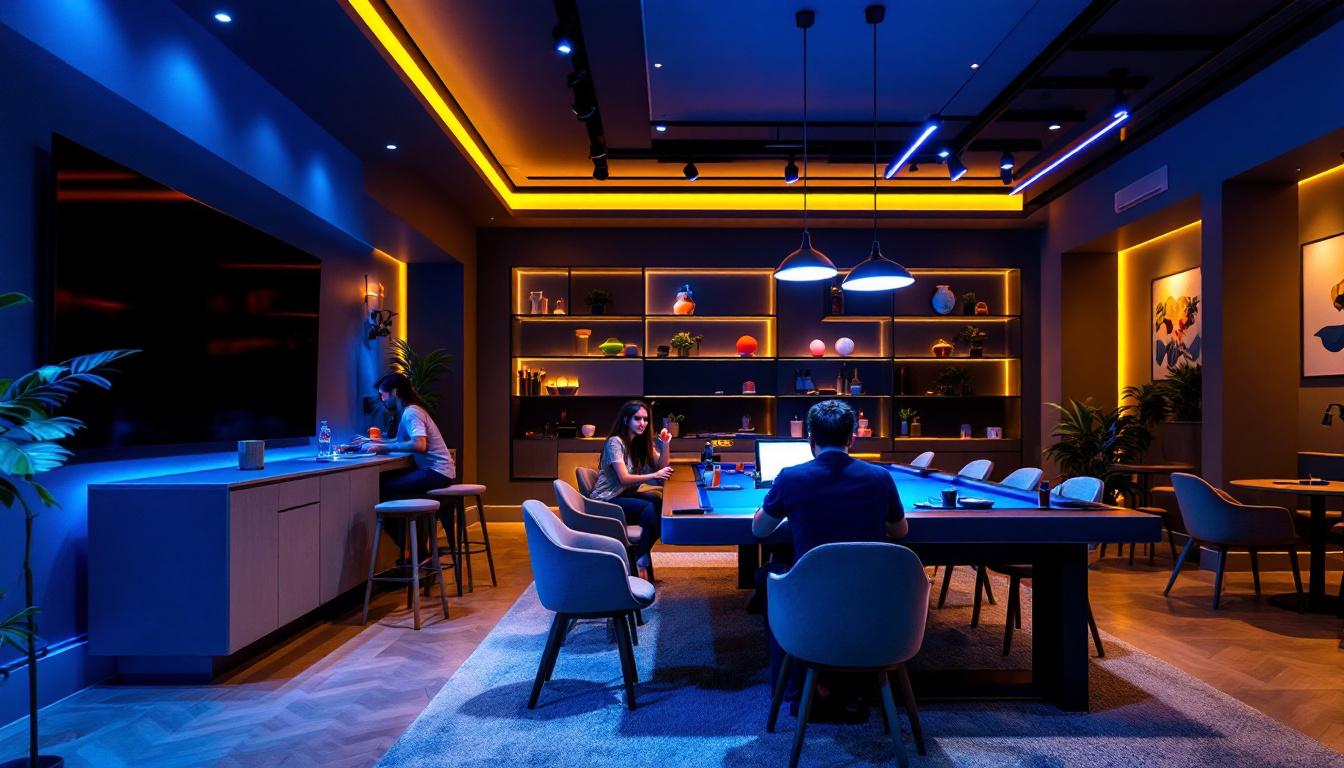
In the world of lighting design and installation, efficiency is paramount. As lighting contractors strive to deliver high-quality solutions while managing time and resources, small strip lighting has emerged as a game-changer. This versatile lighting option not only enhances aesthetic appeal but also significantly improves project efficiency. In this article, we will explore the various benefits of small strip lighting and how it can streamline the lighting project process.
Small strip lighting, often referred to as LED strip lights or tape lights, consists of a flexible circuit board populated with light-emitting diodes (LEDs). These strips can be cut to size, allowing for customization to fit various applications. Their compact design makes them suitable for a wide range of environments, from residential spaces to commercial establishments.
The adaptability of small strip lighting is one of its most appealing features. Available in various colors and brightness levels, these lights can be used to create ambient, task, or accent lighting. This versatility allows contractors to cater to diverse client needs while maintaining a streamlined installation process.
There are several types of small strip lighting available in the market, each designed for specific applications. The most common types include:
Integrating small strip lighting into lighting projects offers numerous advantages. Understanding these benefits can help contractors make informed decisions and enhance their service offerings.
One of the most compelling reasons to utilize small strip lighting is its energy efficiency. LED technology consumes significantly less power compared to traditional incandescent or fluorescent lighting. This reduction in energy consumption not only lowers utility costs for clients but also aligns with sustainability goals.
Moreover, the longevity of LED strip lights—often rated for tens of thousands of hours—means less frequent replacements, further contributing to energy savings and reducing waste. For contractors, this translates to fewer callbacks for maintenance, allowing for a more efficient workflow.
Small strip lighting is designed for ease of installation, making it an ideal choice for contractors looking to optimize their project timelines. The flexible nature of these strips allows them to be installed in tight spaces or around corners, where traditional fixtures may not fit.
Many LED strip lights come with adhesive backing, simplifying the mounting process. Additionally, the ability to cut strips to length means that contractors can tailor the lighting solution to the specific needs of the project without the need for complex modifications.
Beyond functionality, small strip lighting offers a unique aesthetic appeal that can elevate the overall design of a space. Whether used for accent lighting in a retail environment or to create a cozy atmosphere in a residential setting, these lights can transform the ambiance of any area.
Contractors can leverage the versatility of small strip lighting to create custom designs that meet client expectations. By strategically placing these lights, they can highlight architectural features, artwork, or merchandise, ultimately enhancing the visual experience for end-users.
The versatility of small strip lighting allows it to be used in a wide range of applications. Understanding the various settings in which these lights can be effectively utilized is essential for contractors aiming to maximize their project efficiency.
In residential settings, small strip lighting can be employed in numerous ways. Common applications include under-cabinet lighting in kitchens, accent lighting in living rooms, and ambient lighting in bedrooms. By incorporating these lights into home designs, contractors can provide clients with modern, stylish solutions that enhance functionality and aesthetics.
Furthermore, small strip lighting can be used in outdoor spaces, such as patios and gardens, to create inviting environments for entertaining or relaxation. This versatility allows contractors to offer comprehensive lighting solutions that cater to both indoor and outdoor needs.
In commercial environments, small strip lighting serves as an effective tool for branding and merchandising. Retailers can use these lights to highlight products, create engaging displays, and enhance the overall shopping experience. The ability to change colors with RGB strips also allows businesses to align their lighting with seasonal promotions or events.
Moreover, small strip lighting can be utilized in office spaces to improve productivity. By providing task lighting in work areas and creating a pleasant atmosphere in break rooms, contractors can help businesses foster a positive work environment.
Architects and designers often incorporate small strip lighting into their projects to highlight structural elements and create dramatic effects. Whether illuminating staircases, cove ceilings, or wall niches, these lights can enhance the architectural beauty of a space.
Additionally, small strip lighting can be used in decorative applications, such as in art installations or feature walls. By providing subtle illumination, these lights can draw attention to specific areas without overwhelming the overall design.
Selecting the appropriate small strip lighting for a project involves several considerations. Understanding the specific requirements of each project can help contractors make informed choices that enhance efficiency and client satisfaction.
When choosing small strip lighting, it is essential to consider the brightness and color temperature. Brightness is typically measured in lumens, and the required level will depend on the intended use of the space. For example, task lighting in a kitchen may require higher lumens compared to ambient lighting in a bedroom.
Color temperature, measured in Kelvin, also plays a crucial role in the overall feel of a space. Warmer temperatures (below 3000K) create a cozy atmosphere, while cooler temperatures (above 4000K) promote alertness and focus. Contractors should assess the needs of their clients and the intended atmosphere of each space when selecting color temperatures.
Small strip lighting requires a compatible power supply to function effectively. Contractors should ensure that the chosen strips are compatible with the power supply available at the installation site. Additionally, considering control options, such as dimmers or smart controls, can enhance the functionality of the lighting system.
Smart controls allow users to adjust brightness and color settings remotely, providing added convenience and customization. This feature can be particularly appealing to clients looking for modern, tech-savvy solutions.
Before installation, contractors should assess the specific requirements of the project, including the surfaces where the strips will be mounted and any potential obstacles. Proper planning can streamline the installation process and minimize complications.
Additionally, ensuring that all necessary tools and materials are on hand before starting the project can help maintain efficiency. This preparation allows contractors to focus on delivering high-quality results without unnecessary delays.
To fully leverage the benefits of small strip lighting, contractors can implement several strategies that enhance project efficiency. By adopting a proactive approach, they can streamline their processes and deliver exceptional results.
Establishing standardized installation practices can significantly improve efficiency. By creating a step-by-step guide for installing small strip lighting, contractors can ensure consistency across projects. This standardization reduces the likelihood of errors and allows for quicker training of new team members.
Additionally, maintaining a well-organized inventory of small strip lighting and associated components can facilitate smoother project execution. Having readily available materials reduces downtime and allows contractors to focus on the installation process.
Incorporating technology into the design and planning phases can enhance project efficiency. Software tools that allow for 3D modeling and visualization can help contractors and clients envision the final outcome before installation begins. This foresight can lead to more informed decisions and reduce the need for revisions during the installation process.
Moreover, using project management software can help contractors track timelines, budgets, and resources. By maintaining clear communication with clients and team members, contractors can ensure that projects stay on schedule and within budget.
Investing in training and development for team members can yield significant returns in project efficiency. By staying updated on the latest trends and technologies in small strip lighting, contractors can offer innovative solutions that set them apart from the competition.
Regular training sessions can also foster a culture of continuous improvement, encouraging team members to share best practices and learn from one another. This collaborative environment can lead to enhanced problem-solving skills and increased overall efficiency.
Small strip lighting represents a powerful tool for lighting contractors seeking to enhance project efficiency. Its versatility, energy efficiency, and ease of installation make it an attractive option for a wide range of applications. By understanding the benefits and considerations associated with small strip lighting, contractors can deliver high-quality solutions that meet client needs while optimizing their workflows.
As the demand for innovative lighting solutions continues to grow, embracing small strip lighting can position contractors for success in an ever-evolving industry. By leveraging the advantages of this technology, contractors can not only increase their efficiency but also elevate the overall quality of their projects.
Ready to take your lighting projects to the next level with small strip lighting? At LumenWholesale, we provide you with the high-quality, spec-grade lighting products you need at unbeatable wholesale prices. Say goodbye to local distributor markups and hello to our extensive selection that meets the highest industry standards. With free shipping on bulk orders, you can trust that you’re getting premium lighting at the best value — without any hidden fees. Elevate your lighting efficiency and aesthetics with the perfect blend of quality, affordability, and convenience at LumenWholesale.

Discover why staying updated on outdoor LED lighting is crucial for every lighting contractor.

Discover how motion sensor floodlights are revolutionizing the lighting industry for contractors.

Discover the ultimate indoor chandeliers checklist for lighting professionals.

Discover how choosing the right game room light fixtures can streamline projects for lighting contractors, saving both time and money.